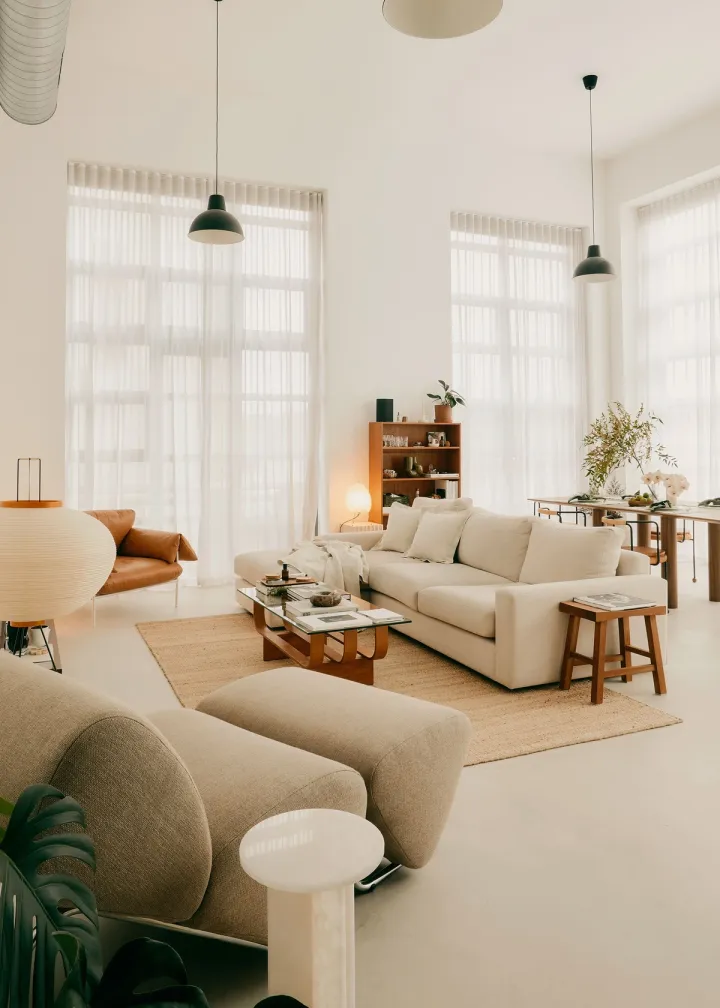
Simple Ways to Bring the Japandi Aesthetic into Your Home
East meets west with this calm, casual, and organic interior design style.
Blending Japanese artistic elements and wabi-sabi philosophy with Scandinavian comfort and hygge, Japandi focuses on simplicity, natural elements, comfort, and sustainability.
While it may sound like a new trending buzzword, Japandi style has been permeating the interior design space for centuries.
For those looking to inject tranquility into their minimalist space, ahead are eight ways to incorporate Japandi into your home’s interior style.
What are the elements of Japandi style?
The key is using minimalistic designs that are both aesthetically pleasing and intentional.
The focus is on high quality and handmade furniture, which is paired with neutral colours and paint choices that promote calmness and tranquility. Brighter colours can be incorporated, but must be executed in a subtle and meaningful way.
What also sets Japandi apart from other minimalist trends is the focus on sustainability and eco-friendly aesthetics, which is partly responsible for the style’s popularity.
“Equally important to know is the Japandi style often emphasises sustainability and the vital use of natural materials. They have a natural harmony and a shared respect for artisans and craftsmanship, which work together perfectly,” Giannis explains.
How to incorporate Japandi into your interiors
If you’re a fan of ‘hygge’ (the Scandinavian concept of cosiness in design) and Japan’s ‘wabi-sabi’ (the idea there is beauty in imperfection), there’s a good chance you’re already well-versed with Japandi style. Here are seven design tips to consider when executing the hybrid aesthetic into your interiors, according to Giannis.
Anna Giannis is an internationally acclaimed interior designer and stylist. Follow her on Instagram @annagiannis_interiors.
Enjoyed This?
Discover more interior design styles.
